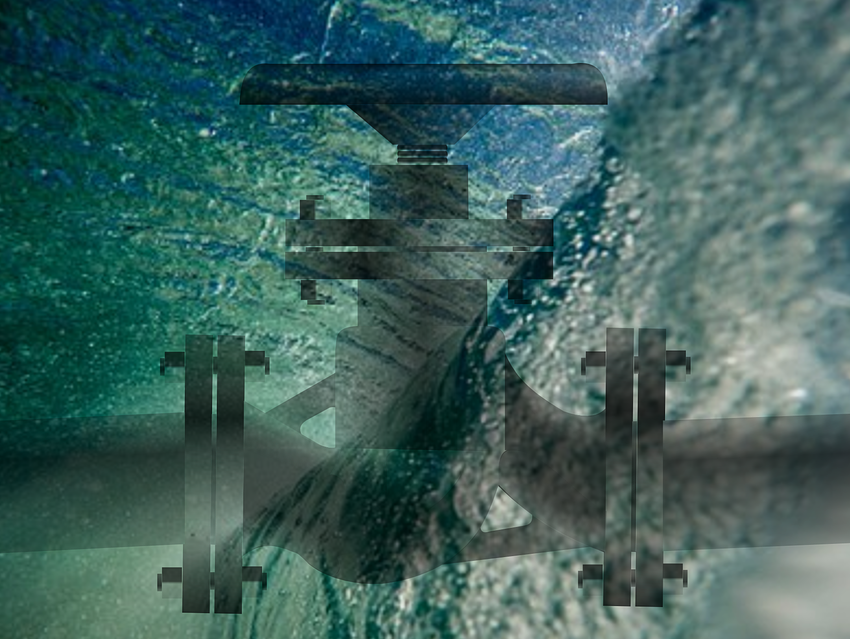Reverse osmosis membranes in seawater desalination plants are prone to deposits building during operation, also known as biofouling. To prevent the resulting increased energy requirements, higher costs, and shorter equipment lifespan, the membrane is disinfected with chlorine components such as Cl2 gas or hypochloric acid. Because the chlorine residues after disinfection lead to irreparable oxidation damage to the membrane, they are removed by adding a reducing agent such as sodium metabisulfite (Na2S2O5). In aqueous environments, it dissociates into sulfite (SO32–) and bisulfite (HSO3–), which reduce the free chlorine to chloride. This eliminates the oxidative risk to the membrane. Since no in situ monitoring of the complete reducing reaction is available, the Na2S2O5 is overdosed stoichiometrically to protect the membranes.
Jan Birkmann and colleagues from the University Duisburg-Essen, Germany, propose a combination of UV spectroscopy and regression analysis to determine the concentration of sulfur species in situ. This information can be used to calculate the progress of the chlorine reduction and optimize the addition of the reducing agent. A first model was developed by measuring the sulfur(IV) spectroscopically in ultrapure water and using the spectra for a PLS (partial least squares) regression analysis. The model was then extended to a more complex system of artificial seawater to study the influences of other components. While sulfur can always be detected qualitatively, independent of the pH caused by the chlorine used in the disinfection process, a quantitative assessment is only possible at high sulfur concentrations.
Deeper analysis revealed that sulfite concentrations could be determined with good quality, whereas bisulfite detection was not reliable due to interferences with other seawater components. Therefore, to apply this method in real seawater desalination plants, further improvements to the analytical quality are needed.
- Development of a Measuring Method for the Determination of Bisulfite and Sulfite in Seawater,
Jan Birkmann, Christoph Pasel, Michael Luckas, Dieter Bathen,
Chem. Ing. Tech. 2019, 91, 1563–1574.
https://doi.org/10.1002/cite.201900004 - The article is part of the Chemie Ingenieur Technik Special Birthday Issue for Hans‐Jörg Bart.




